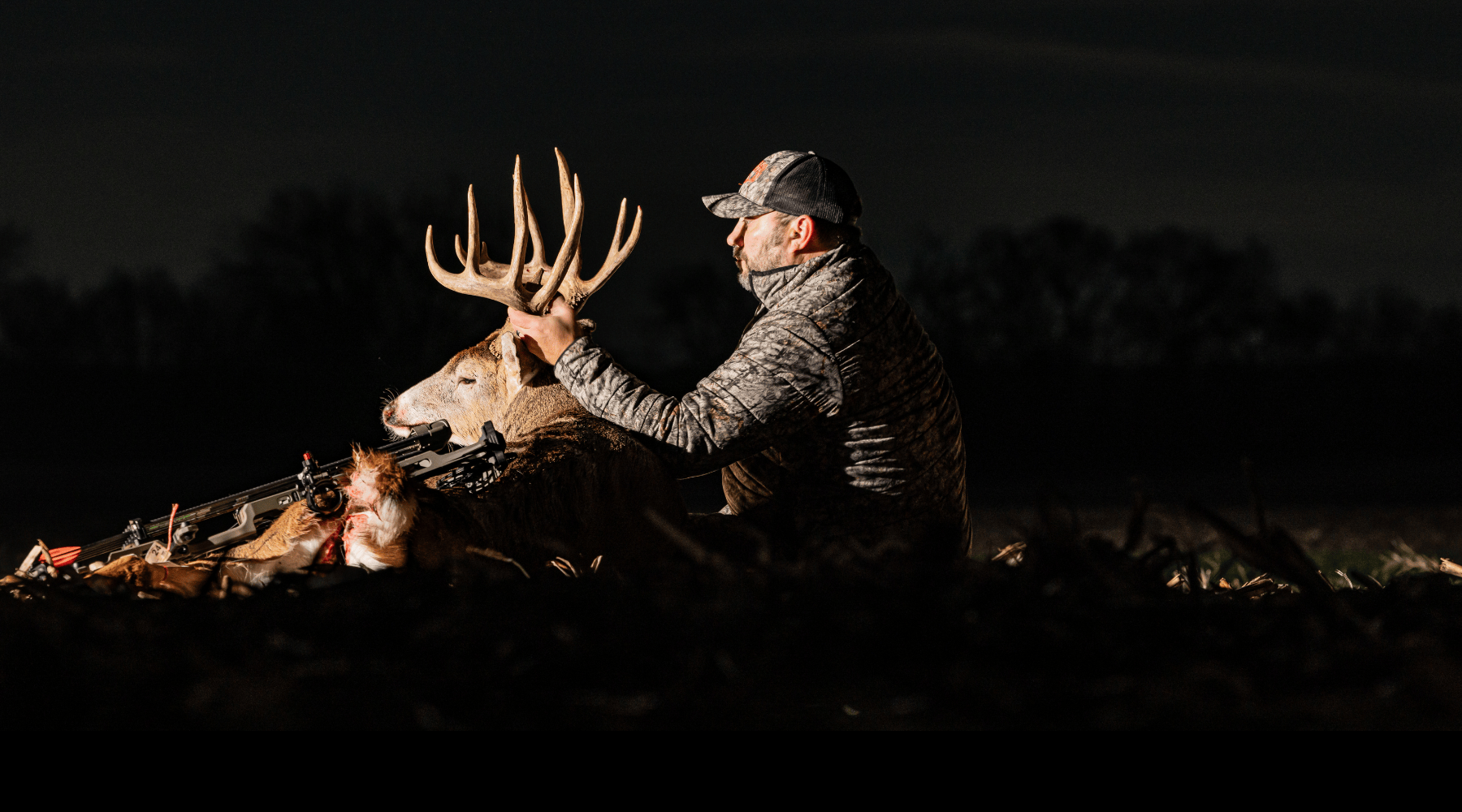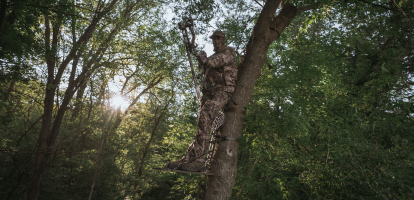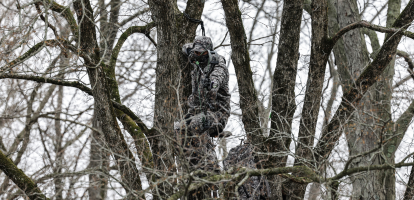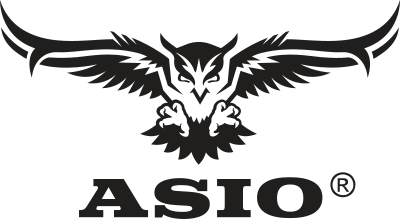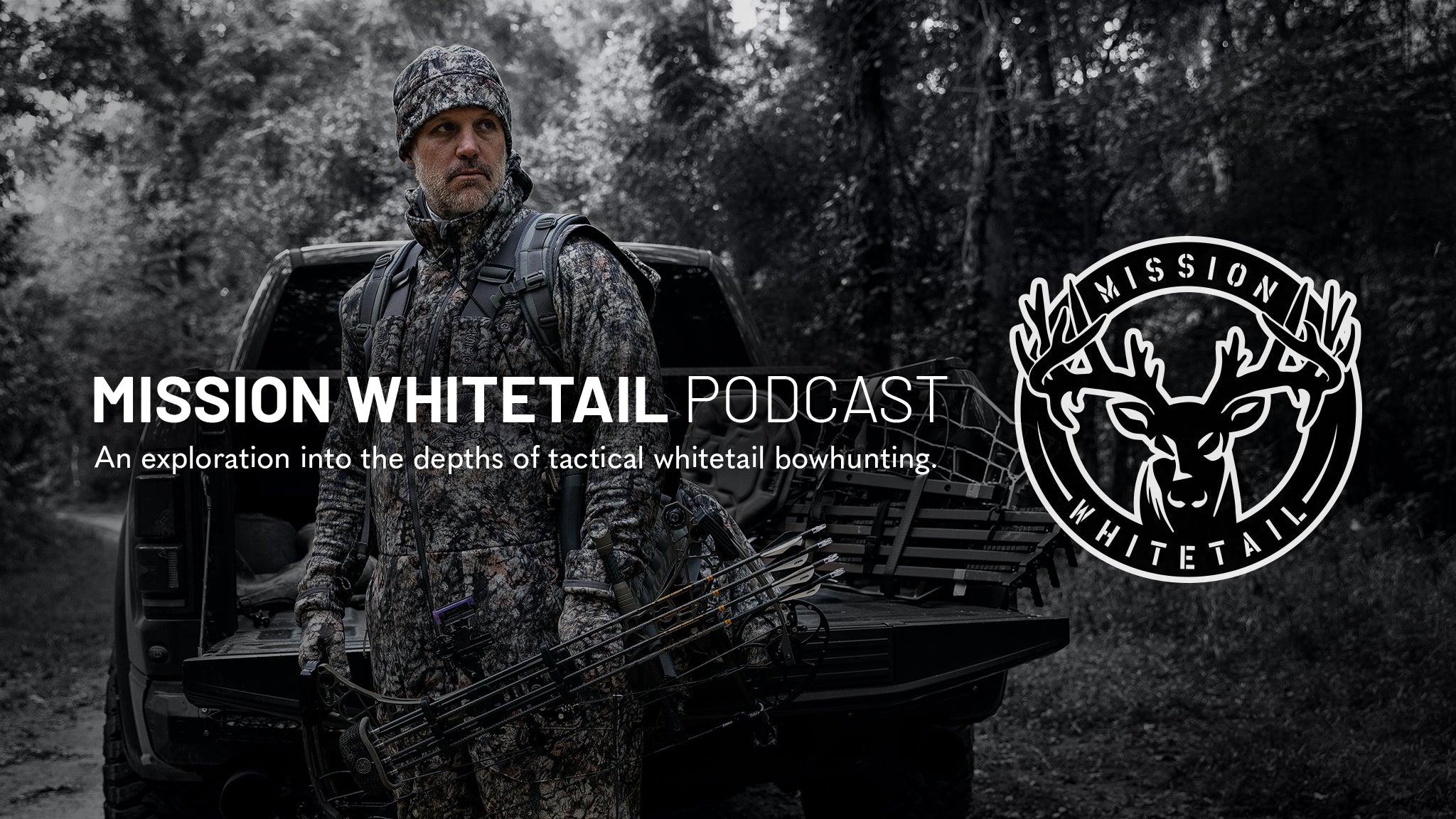
Mission Whitetail is a podcast aimed at helping whitetail bowhunters elevate their skills. We pride ourselves on being product-neutral with no sponsors or free gear, providing unbiased reviews and insights. Our discussions will feature experts on key topics like scent control, whitetail eyesight, bow setups, broadhead choices, and much more. We’ll host some of the top whitetail hunters in North America to share their strategies, mindset, and tactics for targeting specific deer, emphasizing the importance of preparation and planning. Whether hunting locally or traveling far, Mission Whitetail will guide you through the tactics and meticulous planning required to effectively pursue these magnificent animals.
